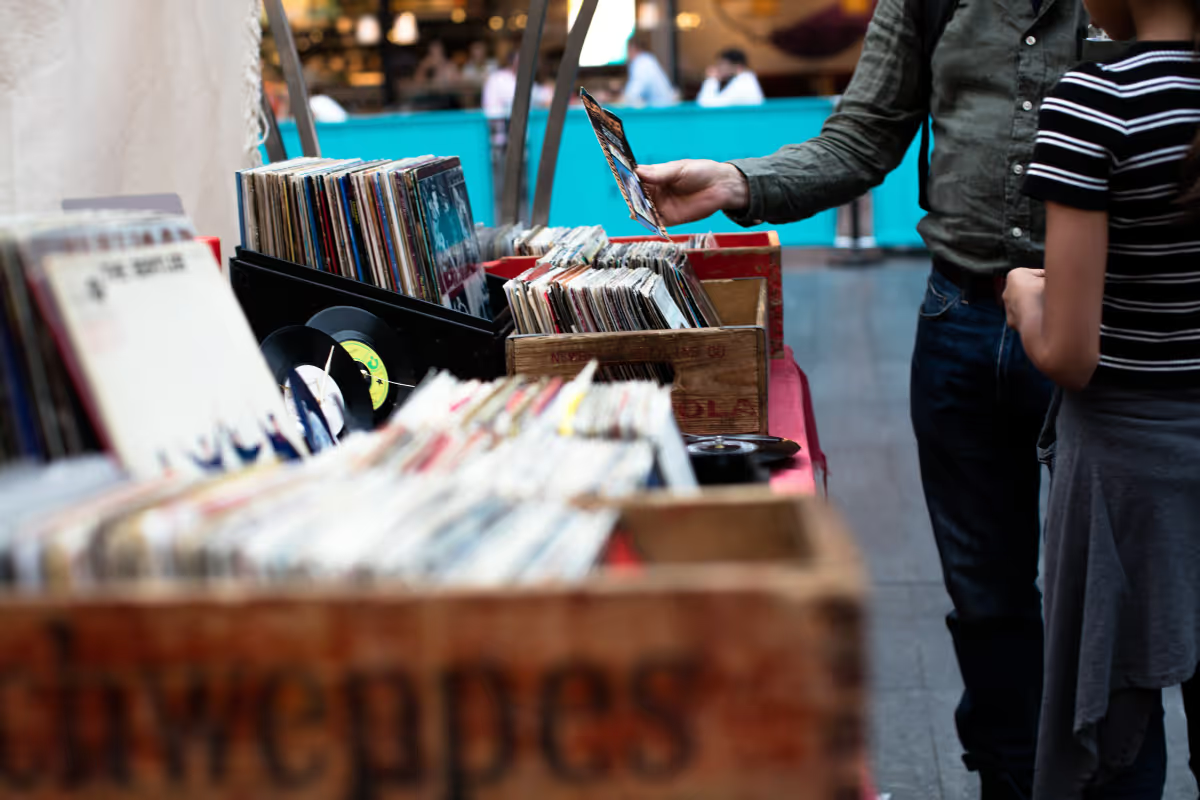The Modern B2B Customer and Referral Rewards
This guest post is brought to you by Giftbit.
Marketers have been unable to keep pace with an important change in the digital era - the expectations and preferences of the modern day B2B customer for referral rewards.
Customers consume more information than ever before. With information readily available, they can make purchases whenever they want through any web-enabled device. This has shifted the expectations of B2B customers.
The University of Nevada and Pennsylvania State University contend that B2B customers expect to receive a reward instantly for referring products to their social group. Customers do not want to wait for their reward to be processed and then sent to them, which can take weeks. If a reward is not available to them within minutes, then you can expect to have that customer reach out to your customer support team. Or worse, the customer walks away with an impression that your product and process is weak.
Another change is in B2B customer's preferences for rewards. With everything available online, customers no longer prefer the old-school cash reward. So what do B2B customers prefer?

Image Source
The University of Chicago states that offering non-cash incentives increase the success of a referral program by 24% over the use of a cash reward. Non-cash incentives include gift cards, discounts, account credit, and rebates. Non-cash incentives increase the success of a referral program because customers actually prefer them. And here is why:
- Non-cash rewards are received immediately.
People prefer non-cash rewards due to the immediate ability to receive the reward. Receiving a reward faster, means using the reward faster. No one wants to wait around for a cash reward, like a cheque, to be mailed and received, especially if that cheque is low value.
- Non-cash rewards are perceived as more valuable
Non-cash rewards, like rebates and discounts, allow the customer to save money on the purchase price. B2B customers find this more valuable than receiving a low value cash reward (that probably gets forgotten). In addition, cash rewards mean that the cheque, bank transfer, etc. is made out to the company - and not an individual. This makes the reward less valuable to the individual since they cannot use the reward, as the reward is going to the company and not the individual.
- Non-cash rewards provide variety
Giving third party gift cards as a non-cash reward provide a customer with choice. If a customer is given a selection of brands and they can select their preferred brand, they can select something that better aligns with their interests. Being sent a third-party gift card also means a customer is able to unlock savings at a different retailer, as the individual is able to use the gift card to lower their purchase price. This provides additional savings for the customer, which may not have been available to them otherwise.
- Non-cash rewards comply with the “no cash-gift” policy
B2B customers prefer non-cash rewards due to the corporate “cash-gift” policy. This gift policy commonly in place in large organizations, prohibits employees from accepting cash rewards. An easy way to adhere to this and ensure your referral reward is actually used and accepted is by sending a non-cash reward to the customer, like a discount code or gift card. Receiving a non-cash reward is important for a B2B customer since they don’t have to worry about the consequences of disobeying a corporate “cash-gift” policy.

The expectations of B2B customers about receiving rewards has changed. They now prefer instant gratification and the easiest way to achieve this is with non-cash rewards. Non-cash incentives are instant and more valuable to the customer. They also provide the customer with variety and the ability to comply with any corporate “cash-gift” policy. In addition, non-cash rewards are easier to track.
Companies that use non-cash incentives for their referral program rewards can gain additional data. This includes whether customers are actually using and claiming their referral rewards. In comparison, sending out cash rewards provides no additional insight. In fact, it is difficult enough to confirm if a cash reward even reaches a customer.
So modernize your referral program. Start using non-cash incentives for referrals, and you’ll be able to boost the performance of your referral program. You’ll also gain additional insight on your customers while providing them with what they want - instant gratification.
What type of incentives do you use for your referral program?